Overview
In June 2016, General Electric sold the Appliances division to Haier, a Chinese appliances manufacturer. The incoming parent company was well known for an innovation model called Rendanheyi which allows for ideas that fall outside the vertical to be incubated and then scaled. Giddy was one of the first projects under GE Appliances’ new ownership to follow the Rendanheyi principles. Our mandate was to build a digital community for new product design concepts and ideas.
My Role
The team and budgets were kept small, just 6 people including the executive sponsor. As UX Director, I focused on our user research, UI design, and UX strategy and architecture. I was also a key member in discussions in growth, testing and marketing.
Starting With Research
As we started our initial discussions of what we would build and how, I led qualitative research with our potential users. We started first with existing FirstBuild Community members. We learned quickly that we needed lots more interviews with creatives from all backgrounds. I quickly built a profile for our intended audience, wrote out a research screener, and sourced new biweekly interviews. This research enabled me to hone in to those fields and demographics which I then used to build out our sample personas. From these personas, our first test audiences for social media marketing were developed.
MVP
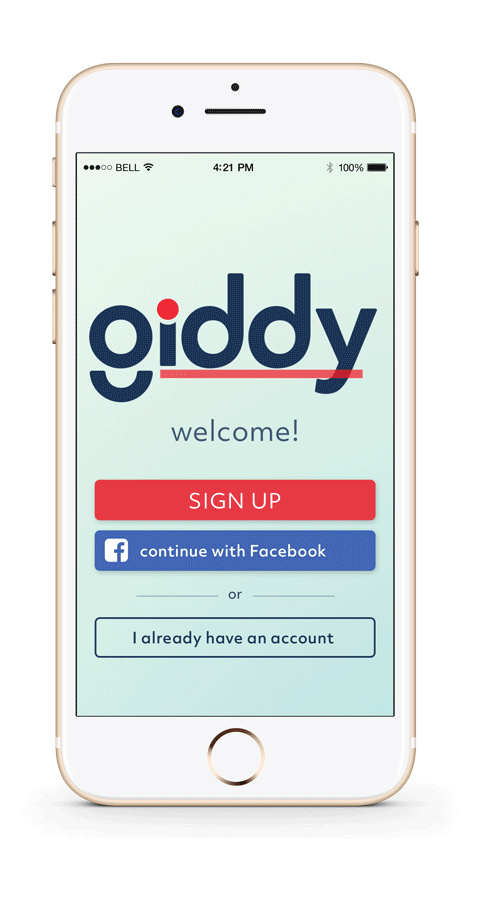
With the core audience in mind, I quickly got to work designing an MVP. The beginning of the product was a quick and easy sign-in developed from an early prototype used in testing. The sign-in utilized natural language and had eight steps in total, but during testing we found that it felt much faster and easier to complete that standard sign up screens. As we promoted the app and encouraged sign ups at events and in marketing, I continued to hear and see the delight that a simple, straight forward sign up process could engender.
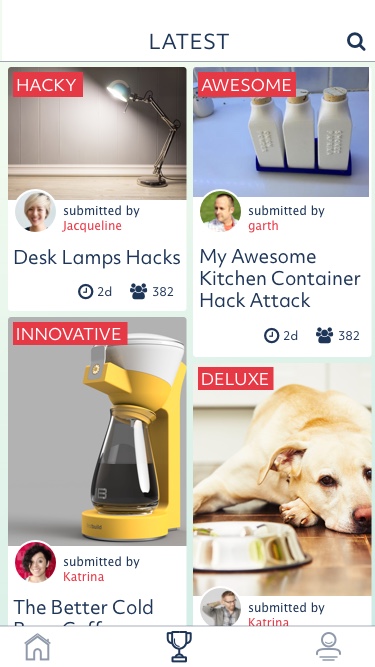
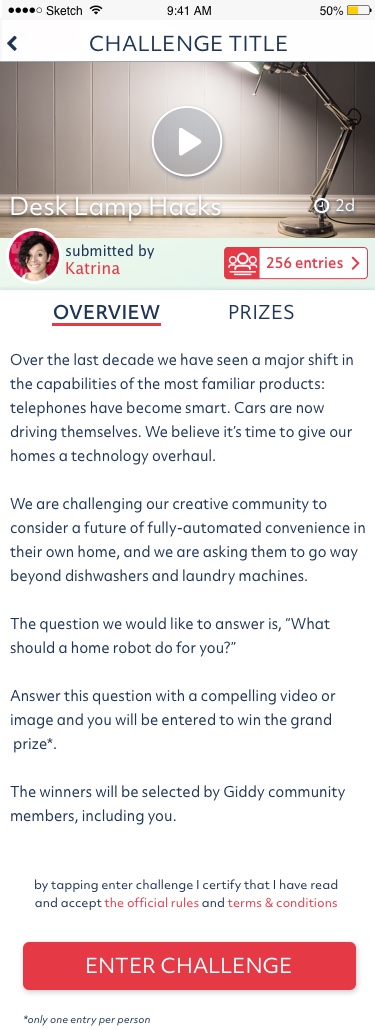
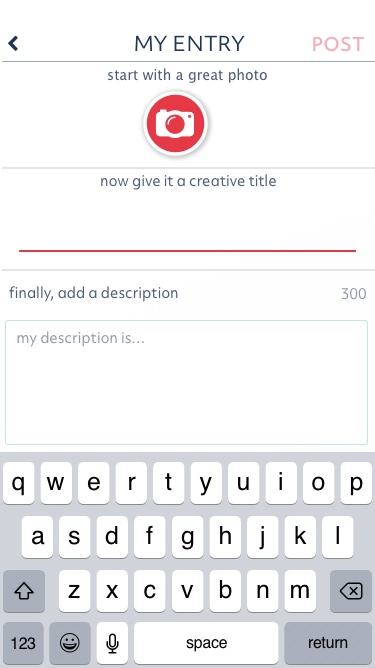
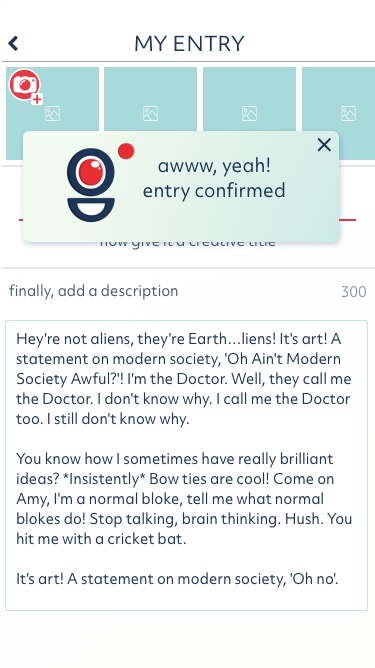
The team had native developers laying the app framework, and I got to work creating the layouts for the core function of the product, design challenges ranging from 1-hour long to 4 week long activities that encouraged ideation and exploration. The designs were prototyped and tested again with more sample users and then moved into production.
Challenges & Opportunities
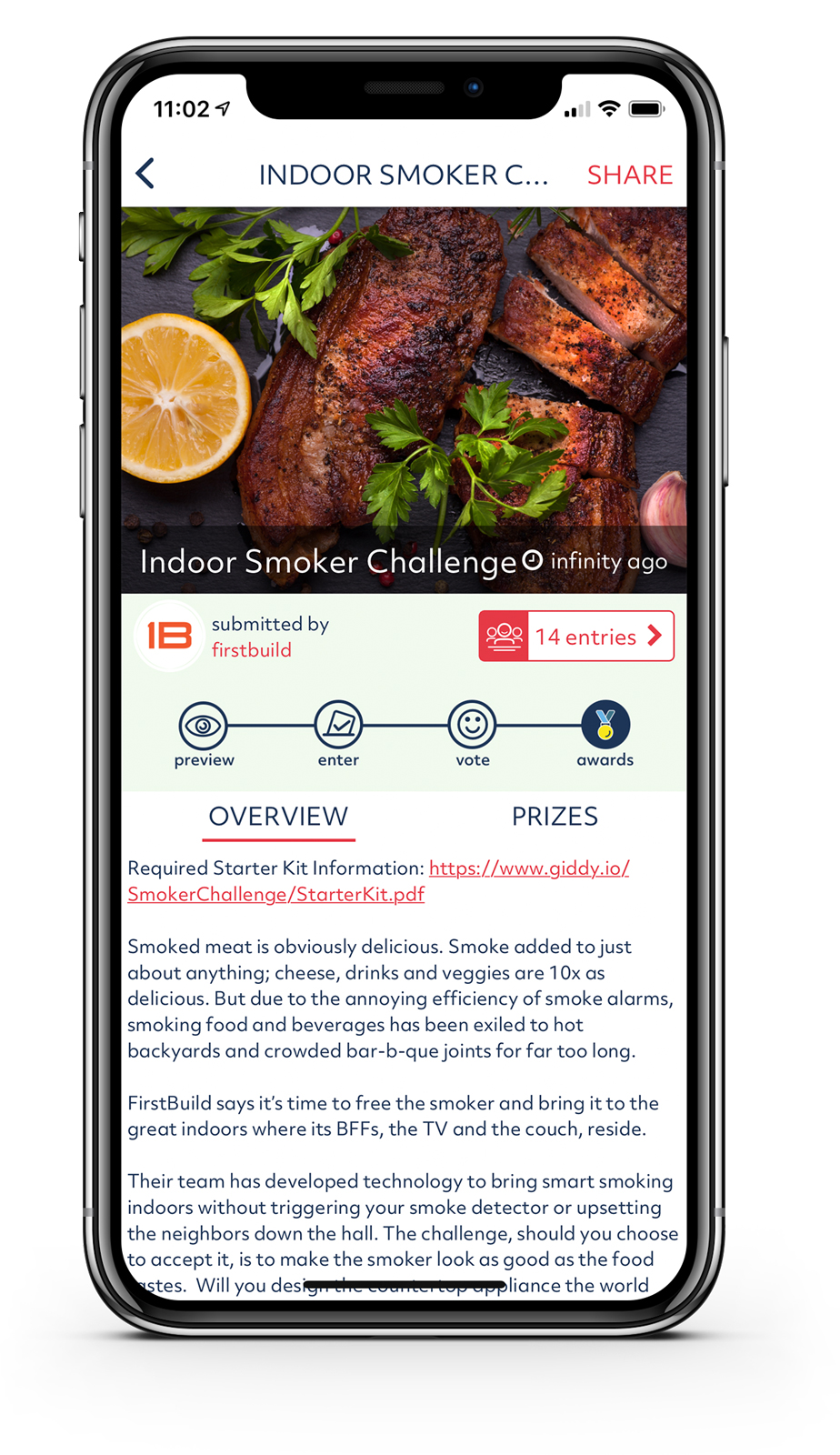
With our MVP designed and built; using react native to allow our single code-base to be launched across both android and iOS, we then started launching our design challenges. We started first with our sister company, Firstbuild, and recruited their community to come and participate. We launched two product design challenges for them each month. Creating these elements gave us greater insight into the process of how to solicit and encourage creative work in ways that brought value back to companies and organizations.
We also focused our efforts nurturing and growing our fledgeling community of creatives. After our initial launch and user tests and reviews, we then began marketing the app across social media channels. We found that having a balance of fun, creativity building challenges paired with larger scope product challenges yielded a mix blend of fun and serious design work. It was during this time that we improved our growth metrics and were acquiring users for the app at around $2.38/per user.
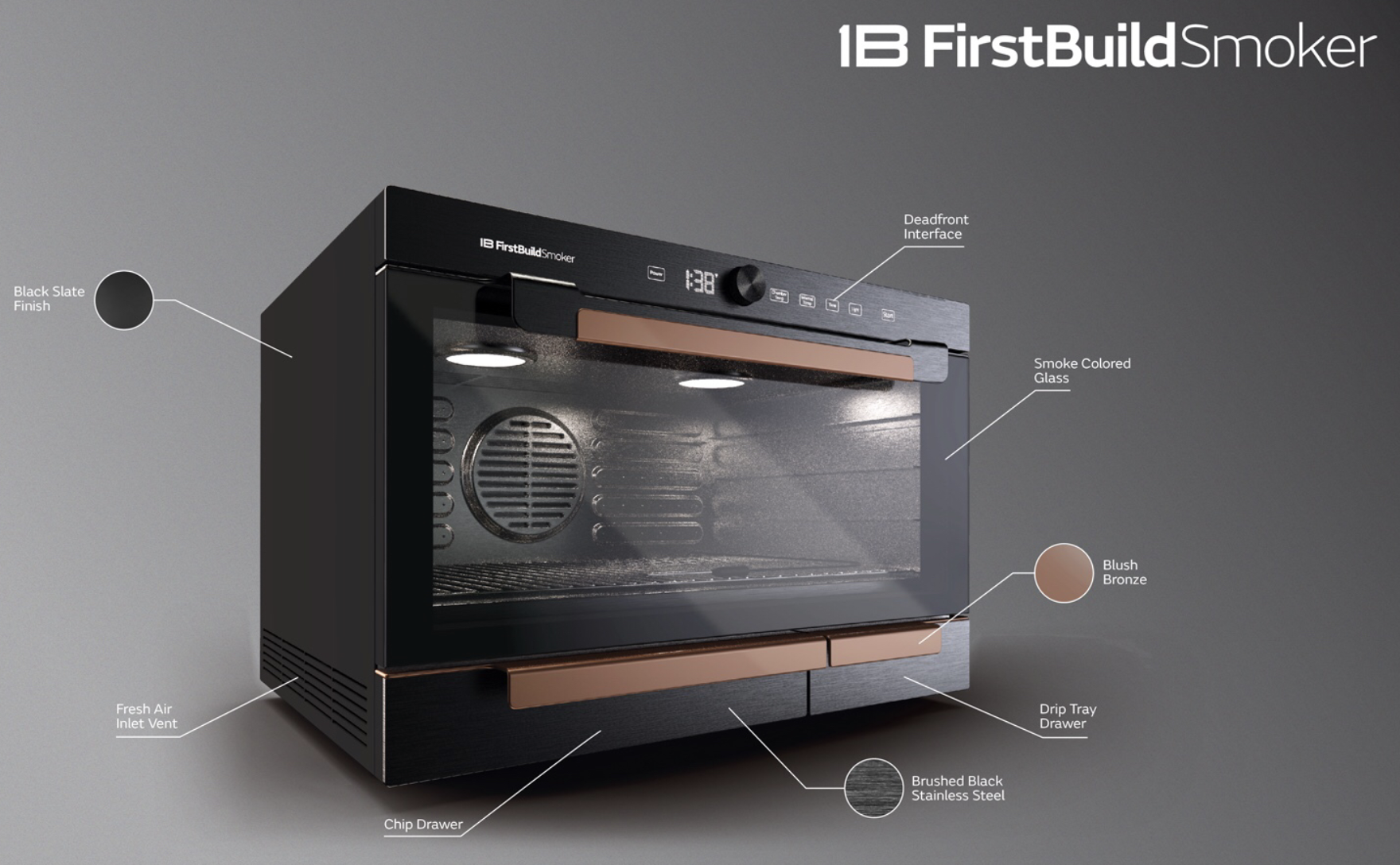
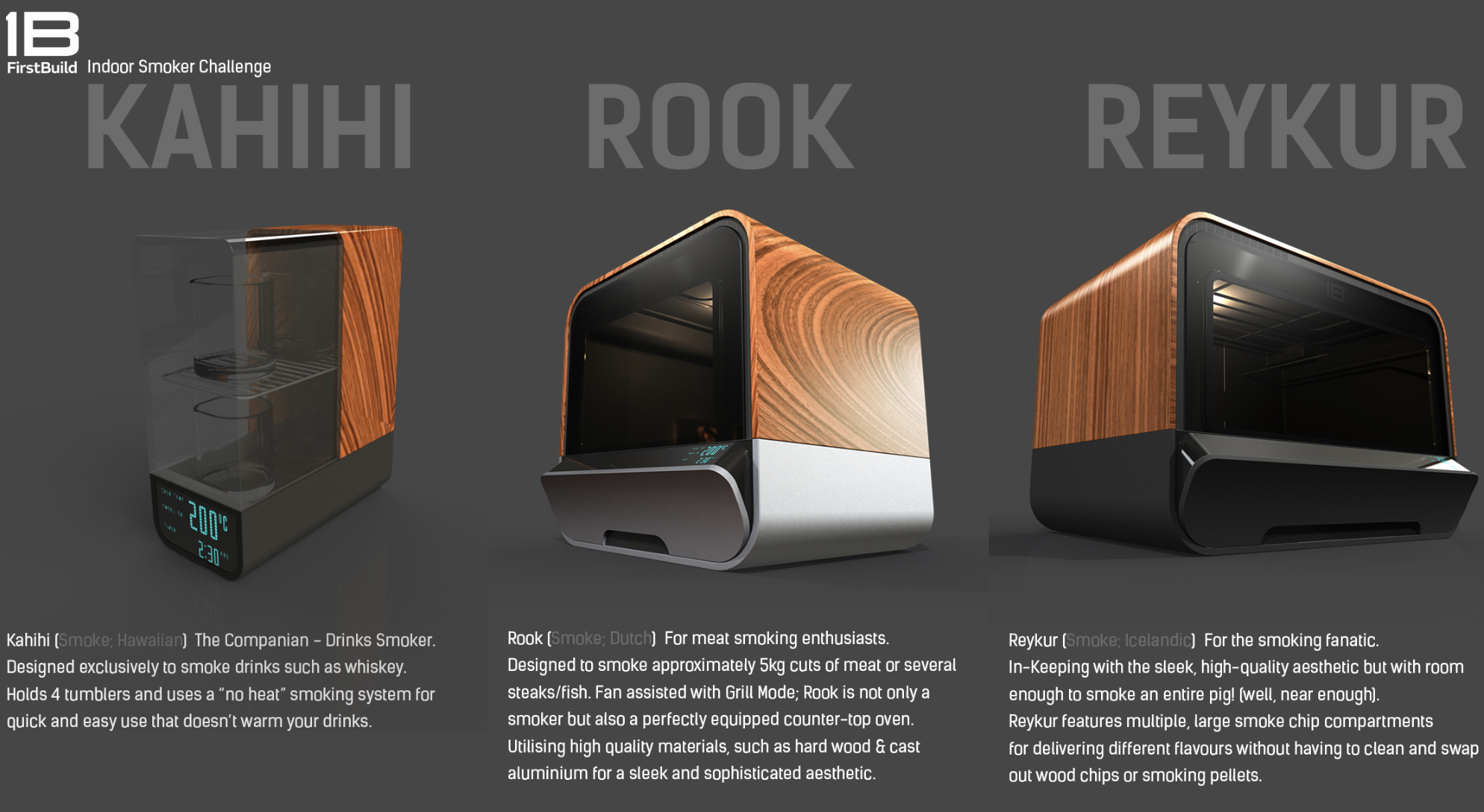
We learned quickly, however, that other companies, while interested, were struggling with IP considerations. The concern for larger brands was that competitors would use the information on Giddy to learn or possibly race ahead and beat them to market with a copy-cat idea. There were also larger concerns about IP claims from participants if features the community had come up with were launched into new consumer products. These concerns were evaluated and balanced against the community concerns for fairness and participation, but the balance was sometimes too difficult to reach.
To answer these concerns, and to find a suitable business model for the product, we pivoted the product into a larger offering focused on rapid market validation. Giddy remained a community of passionate product designers, engineers, and creatives, but the larger, more strenuous and lucrative challenges were launched less frequently; about once a month. We partnered with large brands to come up with wider product ideas and infuse internal teams with product design concepts that had greater divergence. Brands could then select 3 winners, providing them with significant cash rewards in exchange for the IP rights. The remaining ideas and concepts would remain the sole property of the community participant that submitted them. We felt we had reached a good balance, but growth and scale with new companies was slow to realize.
GE Appliances Responsive Redesign



